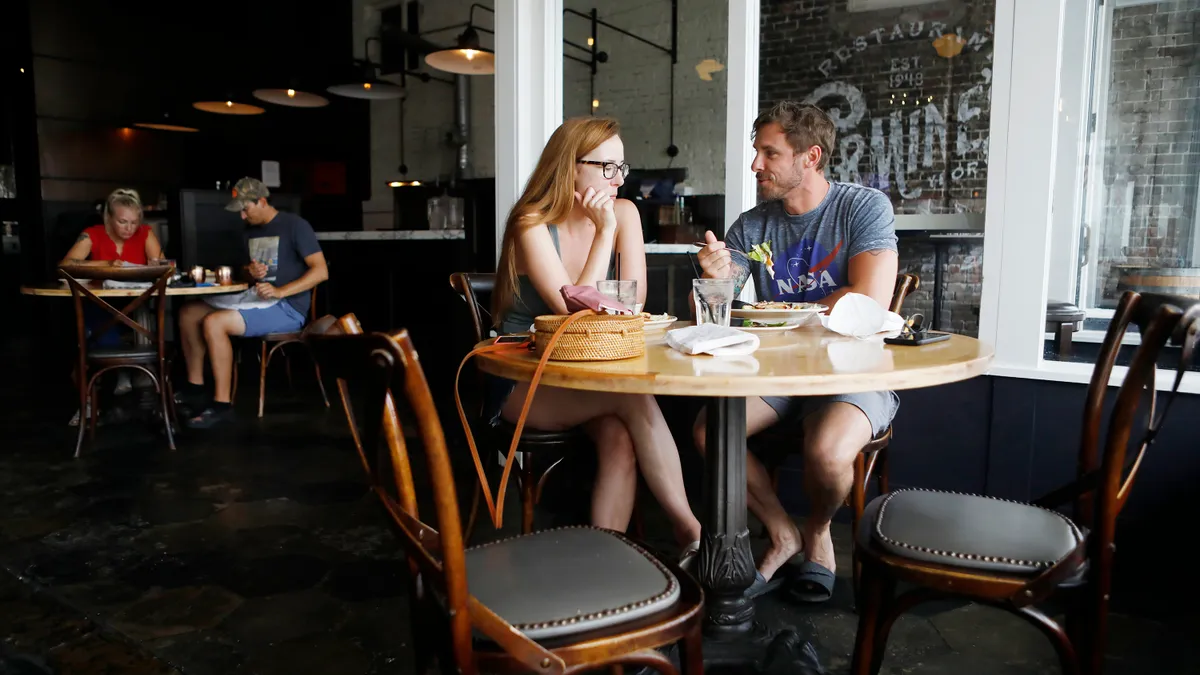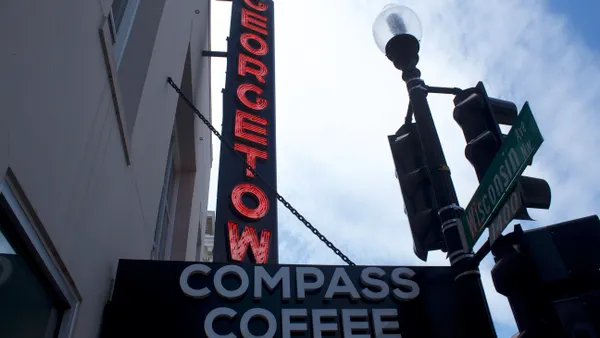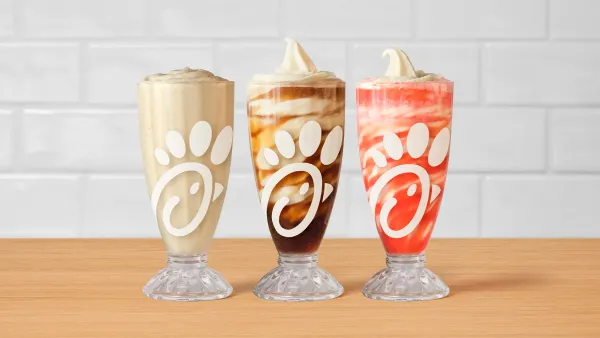Dive Brief:
- Higher gas prices have negatively impacted about 68% of small businesses' recovery efforts, adding to pressures from the pandemic, inflation and other challenges, new data from Alignable finds.
- Sixty-six percent of restaurant owners say they are struggling with high gas prices. For some, these price jumps have affected delivery sales. This disruption comes as 83% of restaurant owners reported they were still recovering in early March.
- Gas prices have jumped nearly 50% year-over-year and are hitting record highs in several markets. Rising gas prices are coupled with an inflation rate that's at a 40-year high and is expected to rise through April, according to CBS News.
Dive Insight:
Some restaurants may be impacted more than others as consumers feel the pinch at the pump. A new AAA study finds that higher gas prices may deter consumers from driving as much, which could lessen their frequency at drive-thru restaurants. This comes as several restaurant chains shift their focus to drive-thru innovations to better capture off-premise spending.
Restaurants that heavily rely on delivery, like Papa John’s, could also take a hit as some delivery providers pass fuel surcharges onto consumers. Fine dining could also be negatively affected as consumers shift their spending to offset high fuel costs.
Consumers likely have a threshold on pricing, according to Reuters/Ipsos. If gas prices reach $6 a gallon, a majority of Americans would spend less at restaurants to offset what they would pay at the pump.
Inflationary pressures were amplified in December and January during the COVID-19 omicron surge, which affected much of the industry during the last quarter. During Starbucks' Q1 call in early February, for instance, departing CEO Kevin Johnson estimated inflationary impacts on margin will exceed 200 basis points this year. CFO Rachel Ruggeri added inflationary pressures will remain higher this year versus 2021.
During Papa John's Q4 earnings call in February, CFO Ann Gugino also predicted inflation will continue through fiscal year 2022 and pressure margins. Notably, these earnings calls preceded current gas spikes, which followed the Russian invasion of Ukraine on Feb. 24.
As operators manage higher costs and potential traffic drops, they may need to raise prices even more than they have in recent months. In fact, restaurant menu prices recently experienced their highest year-over-year jump since late 1981 as operators pass some of their inflationary pressures onto consumers. Such tactics could push consumers to rein in spending on dining at restaurants.
This is the type of environment that could redefine value — pushing operators to create experiences consumers are willing to drive and spend more for.
Jack in the Box CEO Darin Harris alluded to restaurants' attempts to calibrate price and value during his company's Q1 call in late February.
"I think that’s the part we're all trying to get our head around is what is now value?" he said. "Is it $5, is it $6, is it $7, and how do we continue to improve our pricing power?"











